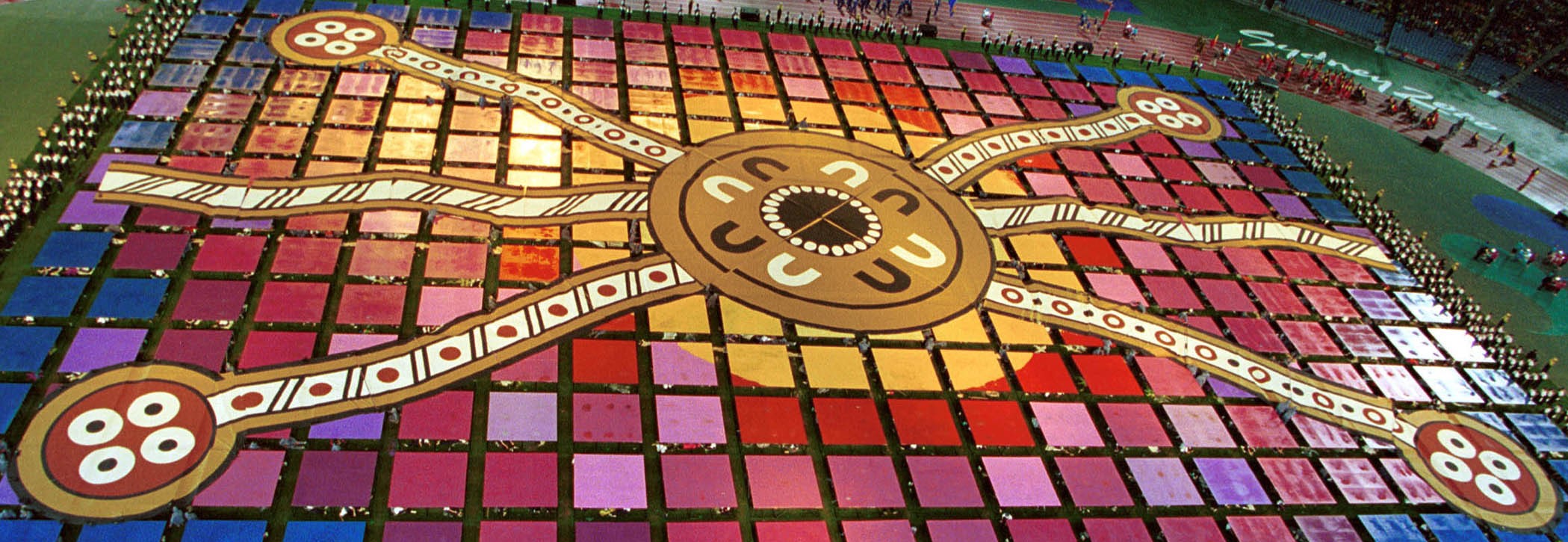Growing up, Australian mathematics educator and researcher Dr Chris Matthews didn’t always enjoy a happy relationship with maths, especially in his regular – and mostly non-Indigenous – maths classroom.

However, discovering a critical link between mathematics and symbols in algebra became for him an ‘epiphany’, and he soon realised the power of mathematics as a language for discovering the world around him.
It was then when sitting with his son many years later, adding up with some pecan nuts at the family table, that he realised the power of his own Indigenous cultural heritage – rich in symbolism and storytelling – for helping children gain mathematical understanding.
In particular, Dr Matthews realised that for Aboriginal students, the right cultural frames could even nurture a genuine sense of fun and enjoyment in mathematics – for example, by tapping into Indigenous Australians’ traditional use of symbols, oral storytelling and even dance.
Dr Matthews observes the enormous extent to which navigating and living with the land required immense symbolic – and therefore mathematical understanding for the traditional custodians of our continent, and that today mathematics is relied on heavily for making decisions regarding the protection of Aboriginal land.
Far from being simply ‘white fella knowledge’, he realised that maths and science require the creation and combination of symbols to understand the real world. Through appropriate cultural expressions such as dance, traditional symbols and oral storytelling Indigenous kids can readily identify with mathematical and algebraic thinking.
In a previous AMSI Schools ‘Munch’ post, we discussed how telling a story to illustrate a point or bring an idea to life in the human imagination can create those ‘a-ha!’ moments for children learning mathematics. Sadly, constructing a tale as a metaphor for a mathematical idea is an undervalued strategy, often overlooked in teachers’ lesson planners and curriculum programming documents.
To discover more about Chris Matthews’ innovative approach to teaching maths to Aboriginal children, check out the detailed article ‘Maths, story and dance: an Indigenous approach to teaching’ on ABC online, or listen to his podcast interview.
Chris Matthews is the head of the Aboriginal and Torres Strait Islander Mathematics Alliance (ATSIMA).
References:
Salleh, Anna (2016), ‘Maths, story and dance: an Indigenous approach to teaching’. Article – ABC Online. URL: http://www.abc.net.au/news/2016-08-15/closing-the-maths-gap-with-story-and-dance/7700656. Accessed 1/11/16. Australian Broadcasting Commission : Sydney, Australia.
Sarra, G. (2011), ‘Indigenous mathematics: Creating an equitable learning environment’, Conference Paper – Indigenous Education: Pathways to Success, 2011. Australian Council for Educational research : Canberra, Australia.
Fanning, E and McCullagh, C. (2016), ‘Teaching maths through dance and story’. Podcast – ABC Radio National. URL – http://www.abc.net.au/radionational/programs/lifematters/teaching-maths-through-dance-and-story/7721036. Accessed 1/11/16. Australian Broadcasting Commission : Sydney, Australia.
Image Credit:
Australian Paralympic Committeee / Australian Sports Commission (2000), View towards the centrepiece of Opening Ceremony of the 2000 Sydney Paralympic Games. Used with permission. https://commons.wikimedia.org/wiki/File:201000_-_Opening_Ceremony_Aboriginal_Art_centrepiece_view_-_3b_-_2000_Sydney_opening_ceremony_photo.jpg.



